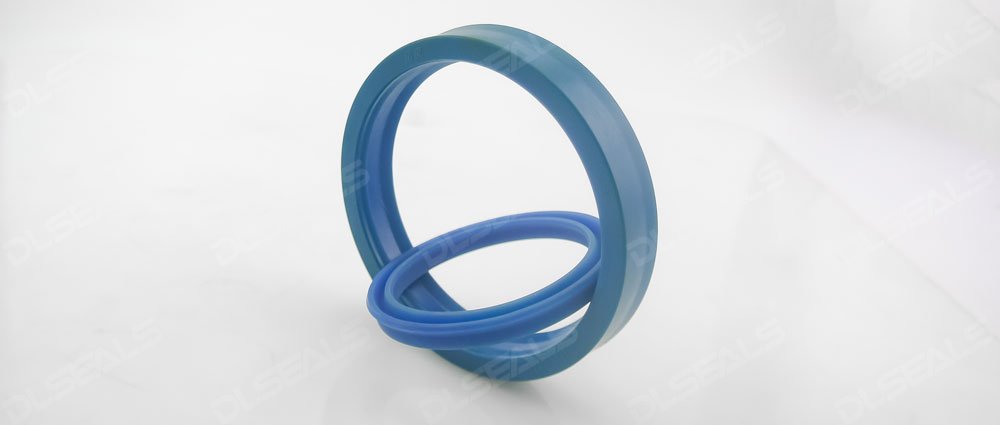
In the vast landscape of industrial applications, sealants play a pivotal role in ensuring the integrity, efficiency, and safety of various systems and equipment. From preventing leaks to providing insulation and protection against environmental factors, industrial sealants are indispensable. In this comprehensive guide, we’ll delve into everything you need to know about industrial sealants, including their types, applications, selection criteria, and best practices.
Types of Industrial Sealants
Silicone Sealants: Known for their versatility and resistance to extreme temperatures, silicone sealants are commonly used in automotive, construction, and electronics industries. They offer excellent adhesion to various substrates and are effective in sealing joints and gaps.
Polyurethane Sealants: Polyurethane sealants are prized for their durability, flexibility, and resistance to weathering and chemicals. They are often utilized in construction, marine, and aerospace applications where robust sealing solutions are required.
Acrylic Sealants: Acrylic sealants are preferred for their fast curing times, paintability, and affordability. They are suitable for both indoor and outdoor applications, such as sealing windows, doors, and gaps in concrete structures.
Butyl Rubber Sealants: Butyl rubber sealants excel in providing excellent water and air sealing properties. They are commonly used in roofing, HVAC systems, and automotive applications due to their weather resistance and flexibility.
Epoxy Sealants: Epoxy sealants offer exceptional bonding strength and chemical resistance, making them ideal for sealing and repairing concrete, metal, and composite materials in industrial settings.
Applications of Industrial Sealants
Construction: Industrial sealants are extensively used in construction for sealing joints, expansion joints, and gaps in buildings, bridges, and infrastructure projects to prevent water ingress and air leakage.
Automotive: In the automotive industry, sealants are applied to engine components, body panels, windshields, and electrical connections to ensure airtight seals, reduce noise and vibration, and protect against corrosion.
Electronics: Industrial sealants are utilized in electronics manufacturing for encapsulating and potting electronic components, providing insulation, moisture protection, and environmental resistance.
Aerospace: Aerospace applications demand high-performance sealants to withstand extreme temperatures, pressure differentials, and exposure to harsh chemicals and fuels. Sealants are used in aircraft structures, fuel systems, and engines to maintain safety and reliability.
Marine: In the marine industry, sealants are essential for sealing seams, hatches, windows, and deck fittings, as well as for bonding fiberglass, wood, and metal components to withstand the rigors of marine environments.
Selection Criteria for Industrial Sealants
Compatibility: Choose a sealant that is compatible with the substrate materials and the environment in which it will be applied.
Performance Requirements: Consider factors such as temperature range, chemical resistance, UV stability, flexibility, and durability based on the specific application requirements.
Application Method: Select a sealant that can be applied using the preferred method, whether it’s manual application, caulking, spraying, or dispensing through automated equipment.
Curing Time: Evaluate the curing time of the sealant and ensure it aligns with the project schedule to minimize downtime and accelerate production.
Regulatory Compliance: Verify that the selected sealant meets industry standards and regulatory requirements for safety, environmental impact, and performance.
Best Practices for Using Industrial Sealants
Surface Preparation: Thoroughly clean and dry the surfaces before applying the sealant to ensure proper adhesion and sealing performance.
Proper Application Technique: Follow the manufacturer’s instructions and recommended application techniques to achieve the desired sealant coverage and thickness.
Quality Control: Implement quality control measures to inspect and test the sealant application for defects, adhesion strength, and compatibility with the substrate materials.
Storage and Handling: Store sealant products according to the manufacturer’s guidelines, and use them within their shelf life to maintain their performance and properties.
Safety Precautions: Adhere to safety protocols, such as wearing protective gear and working in well-ventilated areas, to minimize exposure to hazardous chemicals and fumes during sealant application.
By understanding the types, applications, selection criteria, and best practices for industrial sealants, you can make informed decisions and effectively address sealing challenges across various industries. Whether it’s sealing joints in construction projects or ensuring the reliability of aerospace components, choosing the right sealant is crucial for achieving optimal performance and longevity in industrial applications.
Post time: Mar-19-2024
